Today among the thousands of stories rooted in the city of Palermo, I would like to tell you that of an American scholar and his struggle to revive a forgotten masterpiece.
Donald Garstang, an American historian, went to Sicily to study the vicissitudes related to the theft of a famous Caravaggio canvas stolen on a rainy autumn night of 1969 by two robbers from the Oratory Of St. Lawrence in Palermo.
The original work, of considerable size (measuring 268×197 cm), was painted by Caravaggio in 1609; in the painting are portrayed the Sacred Family and, in the foreground, San Lorenzo and San Francesco of Assisi.
The Metropolitan legend surrounding the disappearance of one of the late masterpieces of the Lombard master suggest that it was commissioned by the Mafia.
The fate of this masterpiece will probably remain one of the many unresolved Italian mysteries and is now included on the FBI list of the ten most important stolen artworks in the world if we consider that it’s estimated cost is close to thirty million euros.
As in a complex thriller, the events surrounding the disappeared Nativity will involve carabinieri, mafia bosses, superintendents, repentant criminals, writers, dictatorships, Italian, Swiss, South African collectors, speculators, drug dealers, art historians, extortionists, politicians and the Interpol.
But what I find very attractive about this story though is not so much the criminal aspect of it but the side effect that it caused on our young protagonist.
As a matter of fact while Donald Garstang was researching inside the San Lorenzo Oratory he started to realize that the decoration covering the site walls very unique.
To understand the function of the chapel though we need to take a step back.
In the Middle Ages, religious gatherings of a group of faithful called Confraternity spread throughout Italy and all over Europe, with the aim of helping – through mutual assistance and charity – wide sections of the urban and rural populations to which the existing institutions were not providing any kind of welfare.
In fact, we owe them the erection of hospitals, hospices for poor people and pilgrims, orphanage and shelters for endangered girls, churches, oratories, and monuments, as well as the organization and management of schools and burial places and spiritual assistance to prisoners and condemned to death.
From the sixteenth century, the highest step in the “Confraternita” was called “Compagnia”: its members were aristocratic or rich merchant bourgeoisie who, on one side, were engaged in religious activities, and on the other were using their private “Oratori” (a kind of private chapel) to deal with their business in a very private environment. This kind of structure will evolve over time into a more exclusive and elitist organization that we can compare to the prestigious clubs of our day.
The “Oratori” were therefore externally built in a very simple way to protect their private nature but very sophisticated in the interior to guarantee comfort and prestige to their high-class members.
The Oratory room was usually looking like a chapel and the artworks were linked to the Saints or the Virgin to which it was dedicated.
Along the walls, there were two benches so that the members could sit in front of each other to communicate but above all not to give their shoulders neither to the altar nor to the counter-hatch which is usually very decorated because it welcomes the Superiors of the Company sitting on the “Seggio“. Access to the Oratory was strictly permitted only to those who belonged to it.
The Oratories were at the same time religious and secular sites and they were built in order to fulfill both functions.
When in the 50’ the “Compagnia di San Francesco” was definitely dissolved, everybody forgot about the Oratorio due to its private history and it only came back to the chronicle when the Caravaggio painting was stolen.
Now we can go back to our main character, Donald Garstang, who arrived in Palermo in the 70’ to find out something about the mysterious theft.
As he was investigating in the Oratory he noticed the decorations that covered its walls: everything was covered with spider nests and dust, but he could glimpse the beauty under the dirt.
Slowly his interest in the disappeared painting vanished and he started to be captured by the buried treasure that everyone seemed to ignore.
As a matter of fact, the Oratory of San Lorenzo was covered with stuccoes, white like milk, the art work of one of the most famous Palermitan sculptors, the author of the most important church decorations of Sicilian Baroque, Giacomo Serpotta.
Giacomo Serpotta was commissioned to work in this Oratory between 1699 and 1706 and probably has worked mainly for the Church he could express himself here with a relative freedom.
The religious environment, in fact, is full of “terrestrial” references, quite far from the typical canons of ecclesiastical representations.
It’s almost impossible to describe all the presences that flock this small, magnificent place but there is one detail that is essential to mention: the softness of the “putti” playing on the walls flesh. Serpotta made up a special technique (of which no one has ever been able to reveal the secret) by which, mixing chalk with marble powder, he was able to give a rough material like stucco the brilliance and smoothness of the much nobler white marble.
One of them, my favorite, of course, is a putto blowing soap bubbles!
Garstang was battling for years to see recognized the artistic and historical importance of the master of the stucco and thanks to him the city of Palermo found a piece of its enormous artistic legacy even though he died before he could actually enjoy the restored art work. As he wanted his ashes were buried in 2009 in the courtyard of the oratory of San Lorenzo.
We had been suggested to visit the San Lorenzo Oratory by a young guide who actually begged us not to miss it and I do the same: if you ever go to Palermo do not forget the forgotten Oratory.
Special thanks to Igor Scalisi Palmiteri and Riccardo Brugnone who provided the photographs and a very special thank you to Carmela Catalano, our guide during the visit and who provided us will all the information on this hidden gem.
Betti
[socialWarfare]

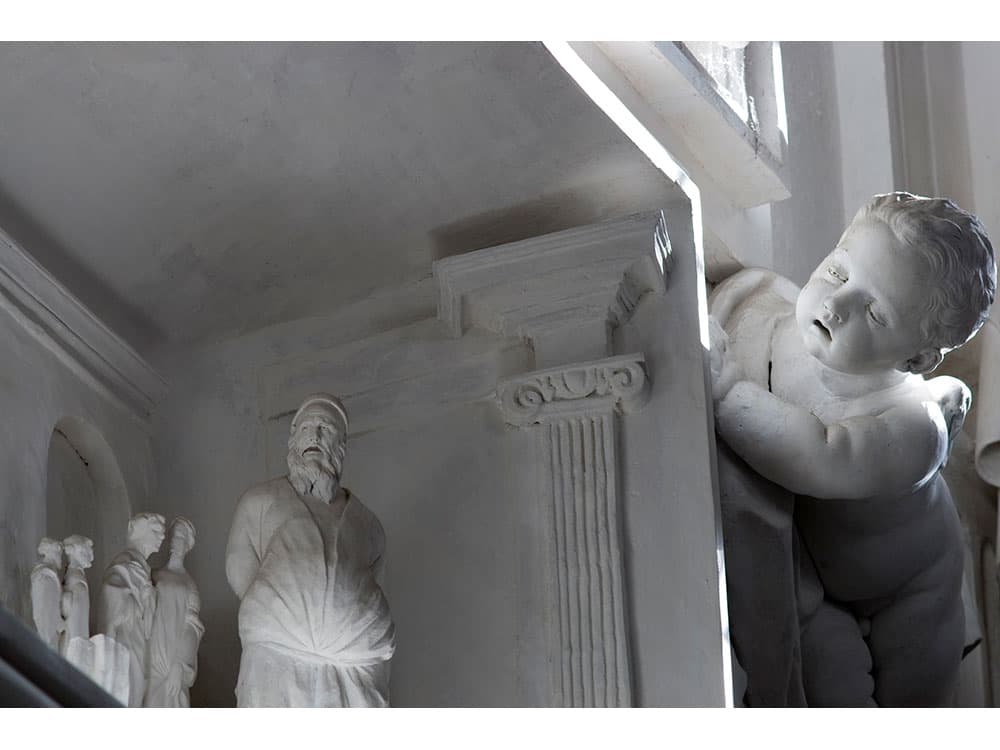
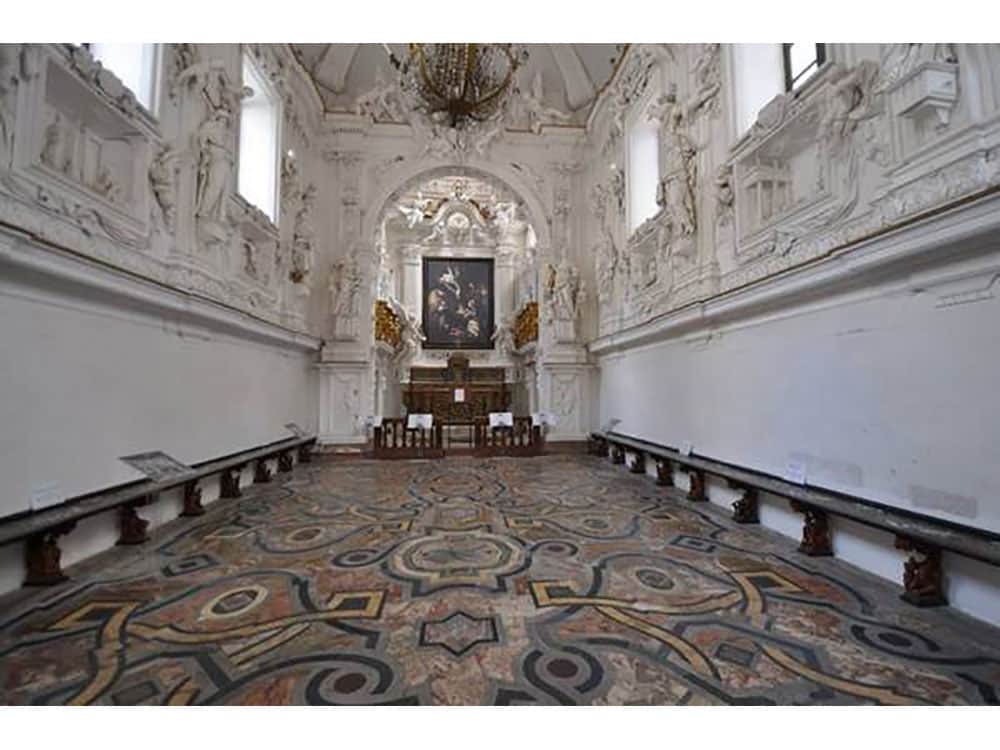
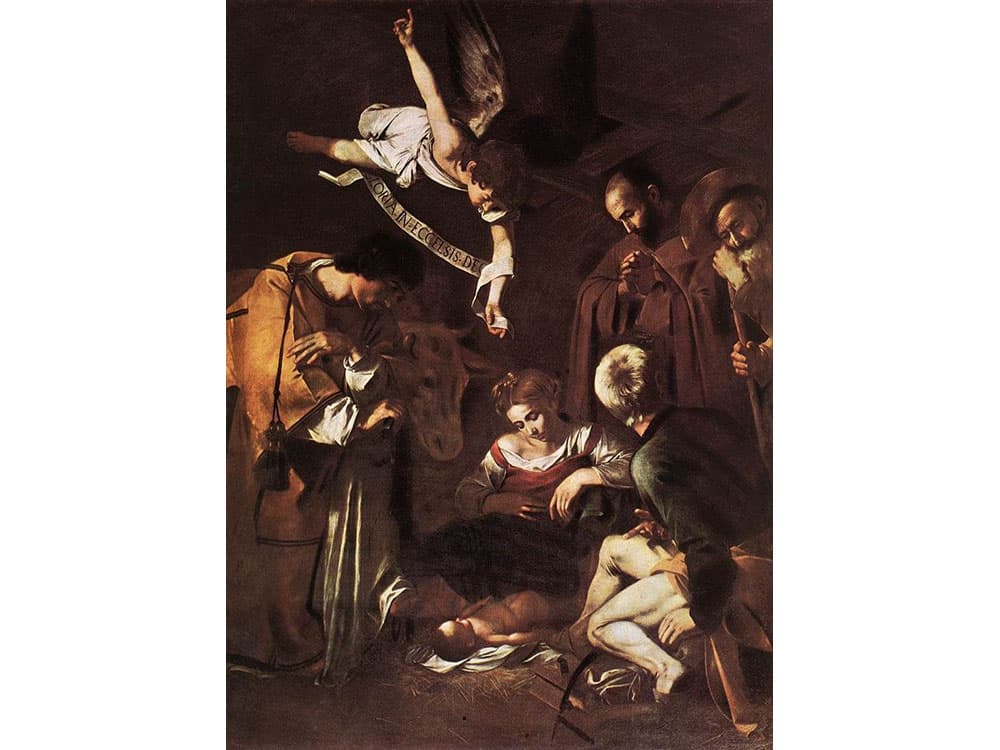
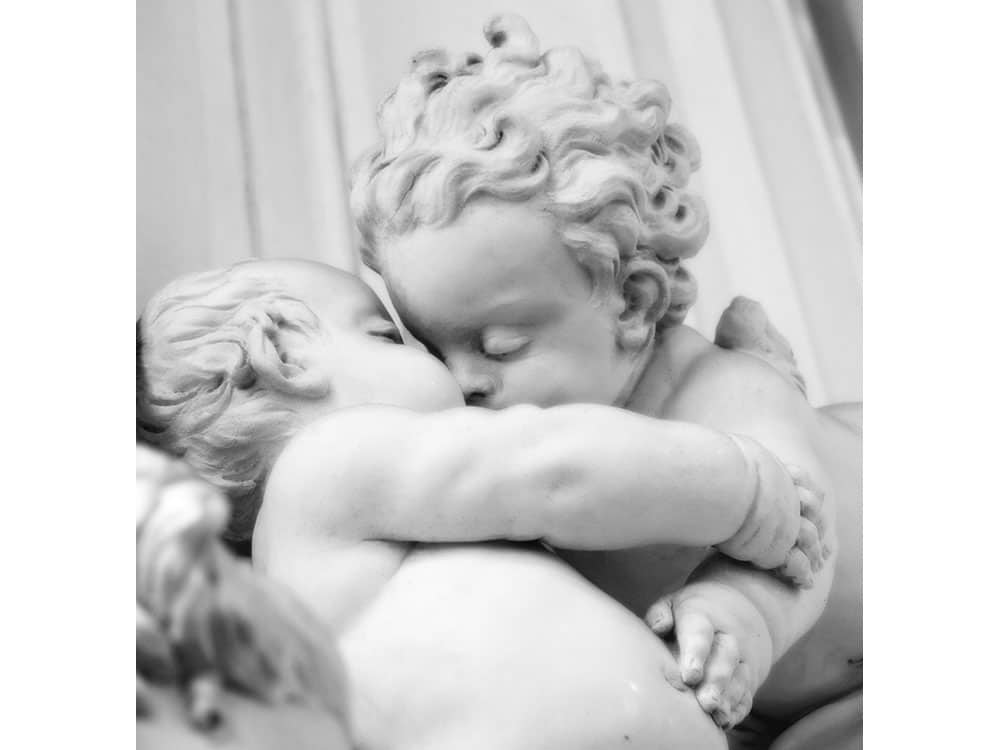
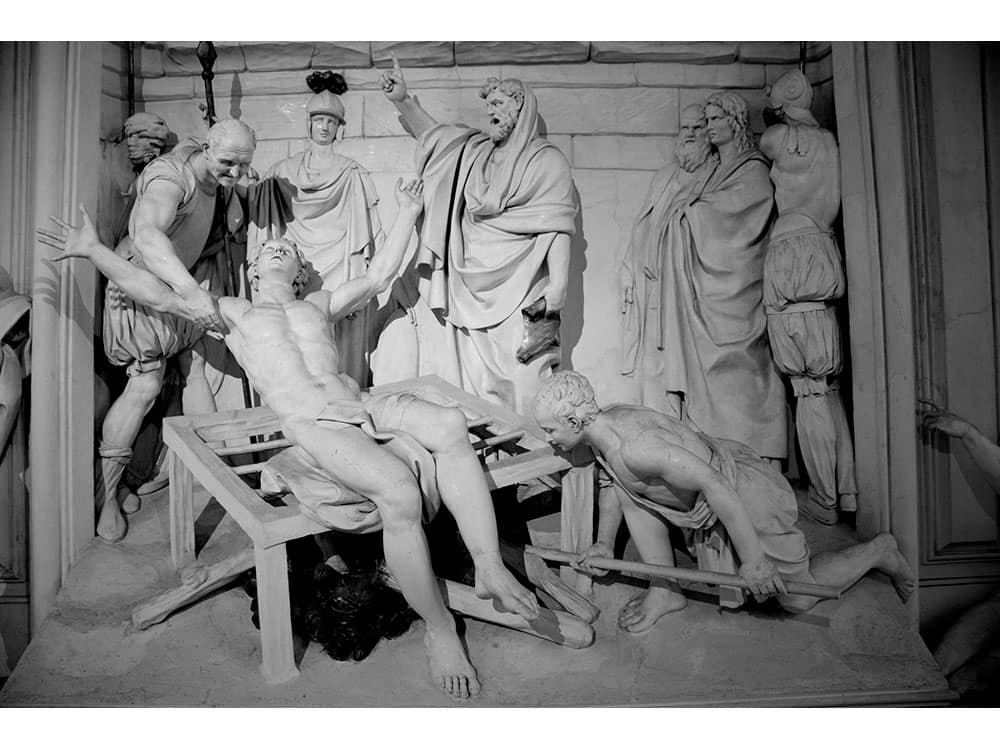
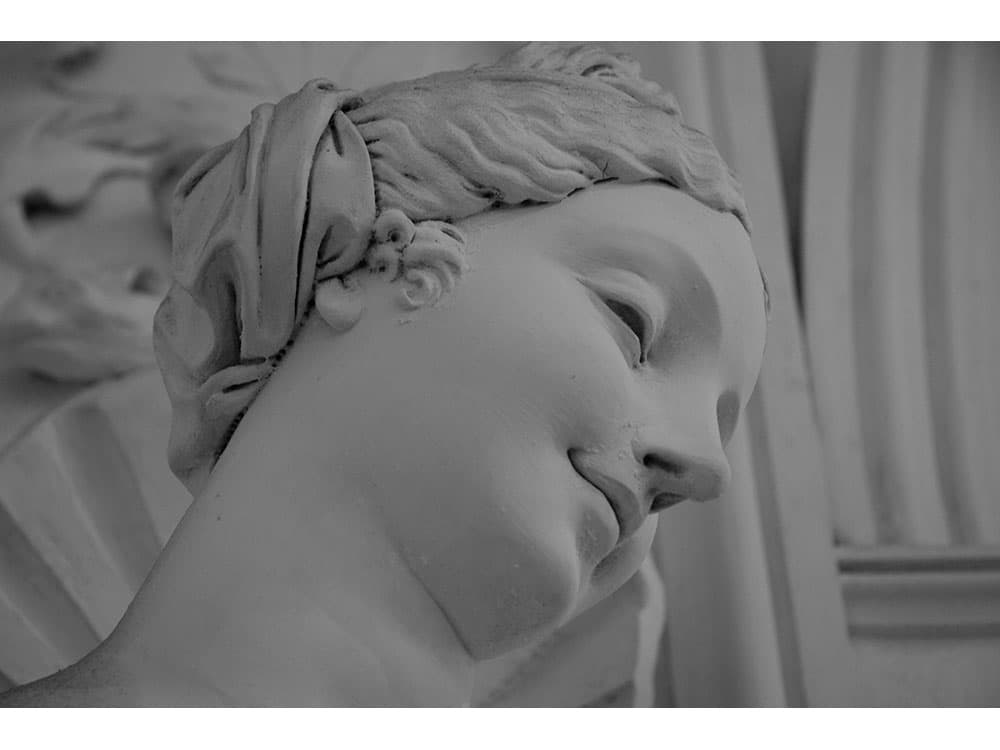
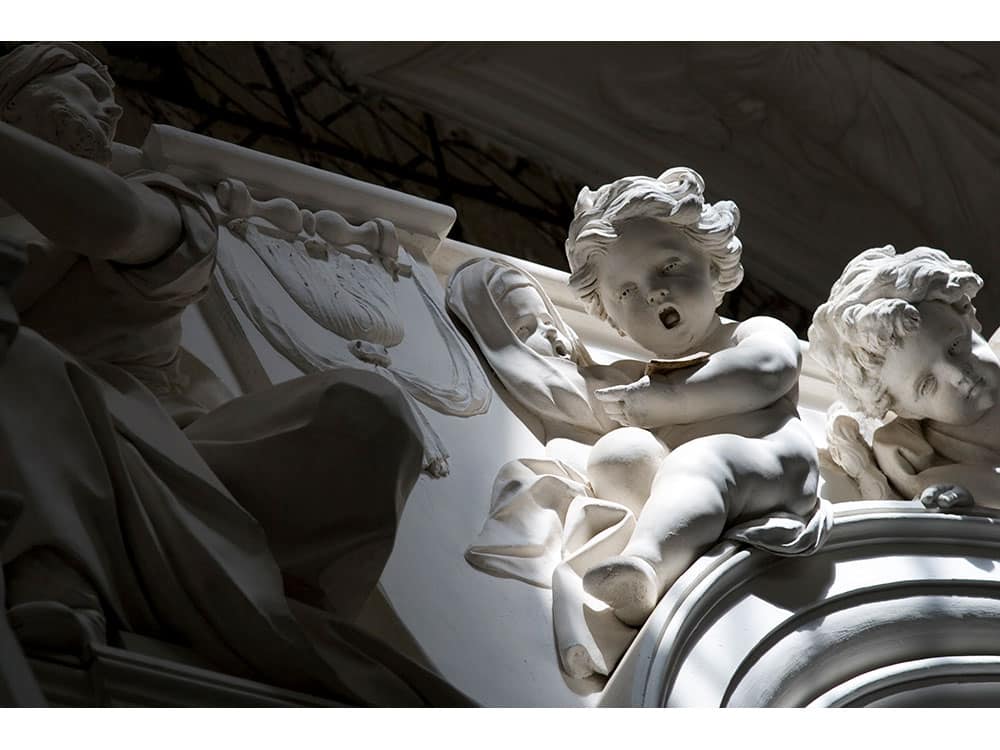
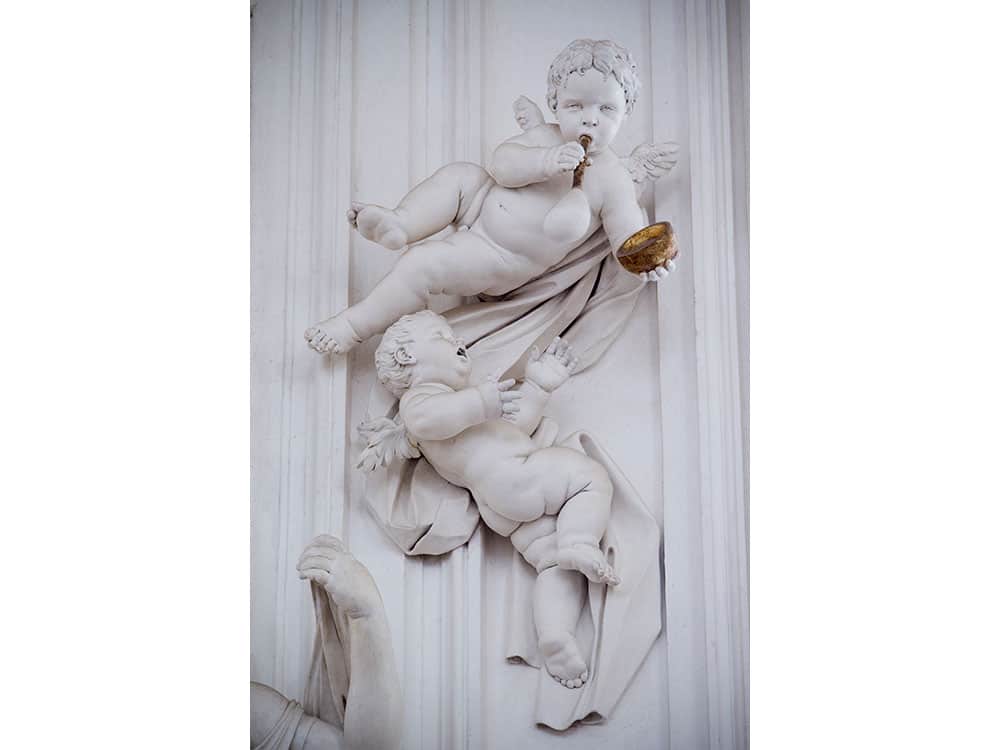
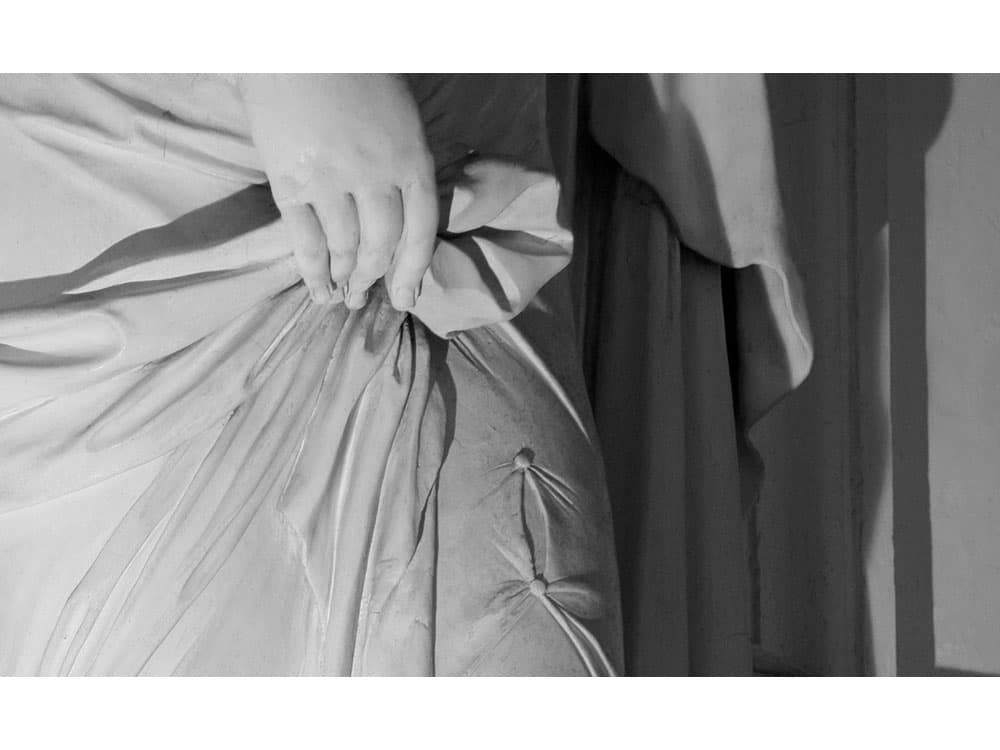
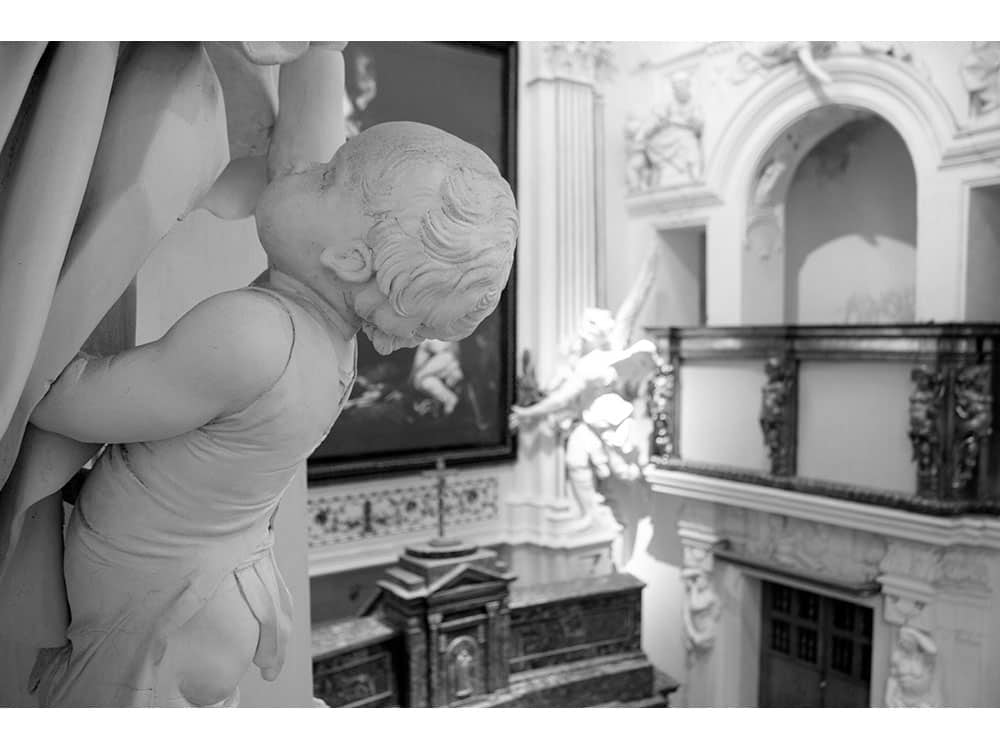
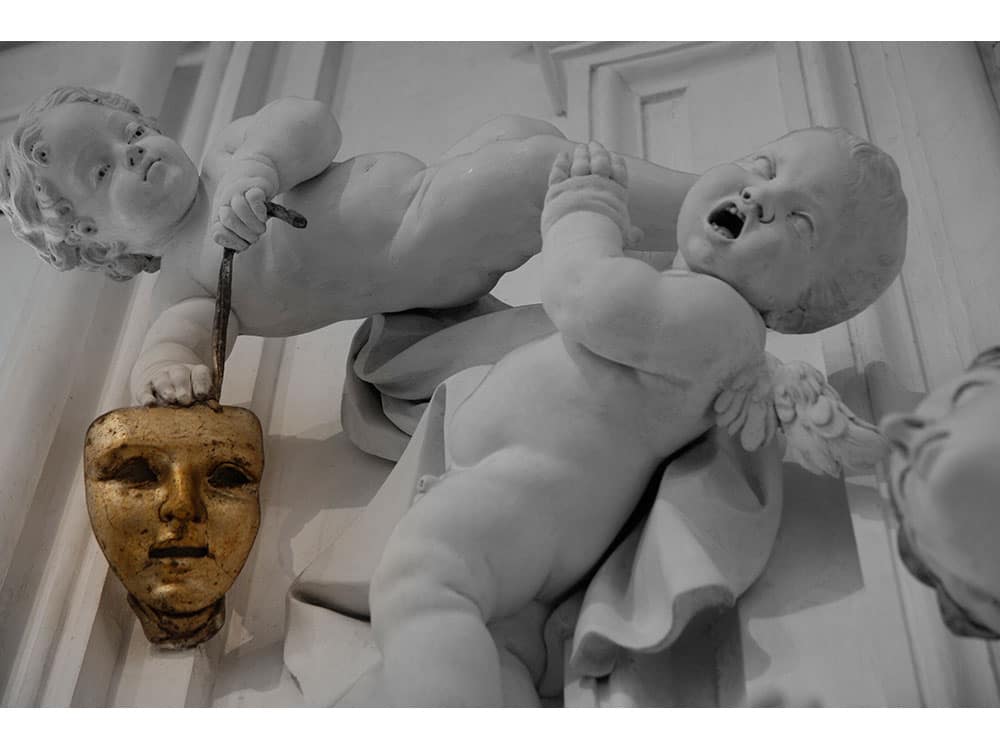
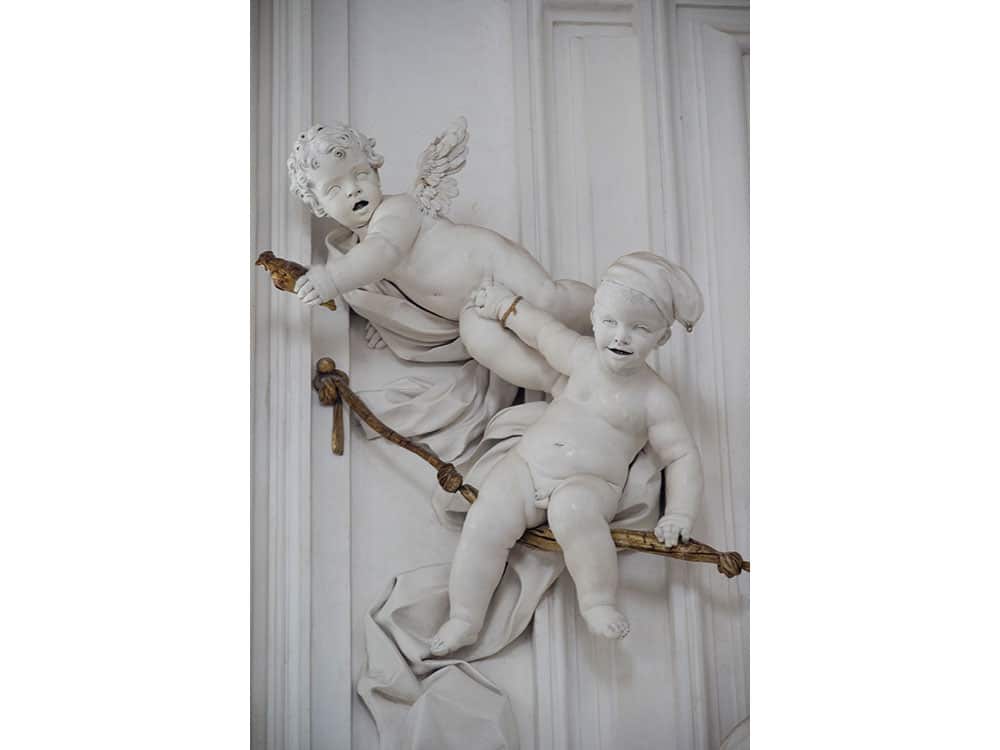
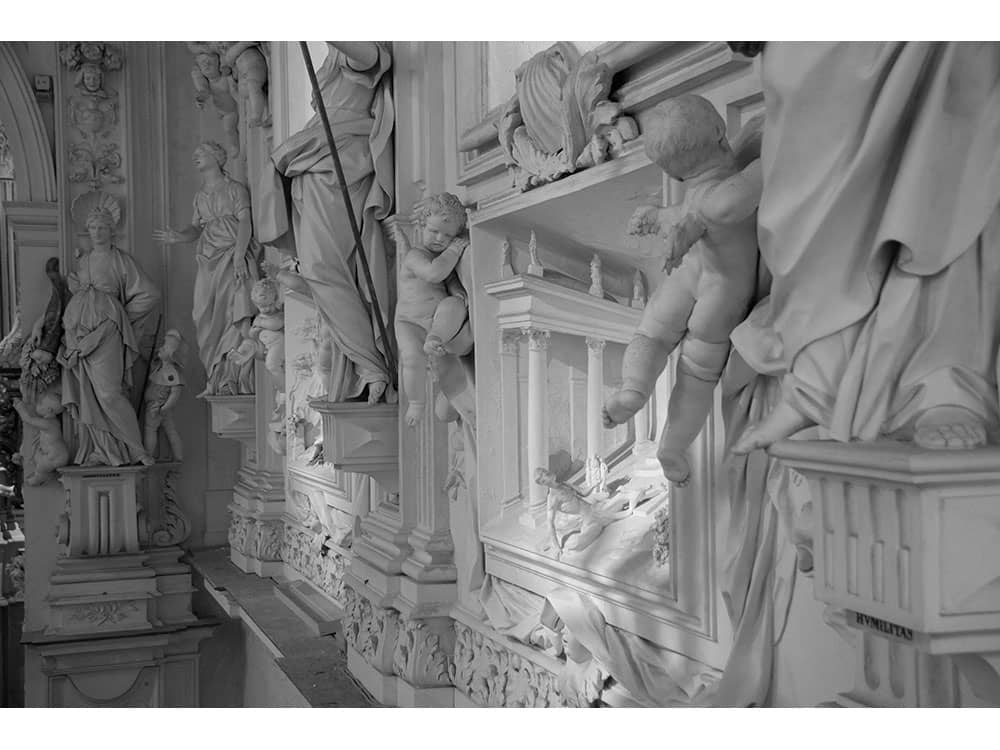
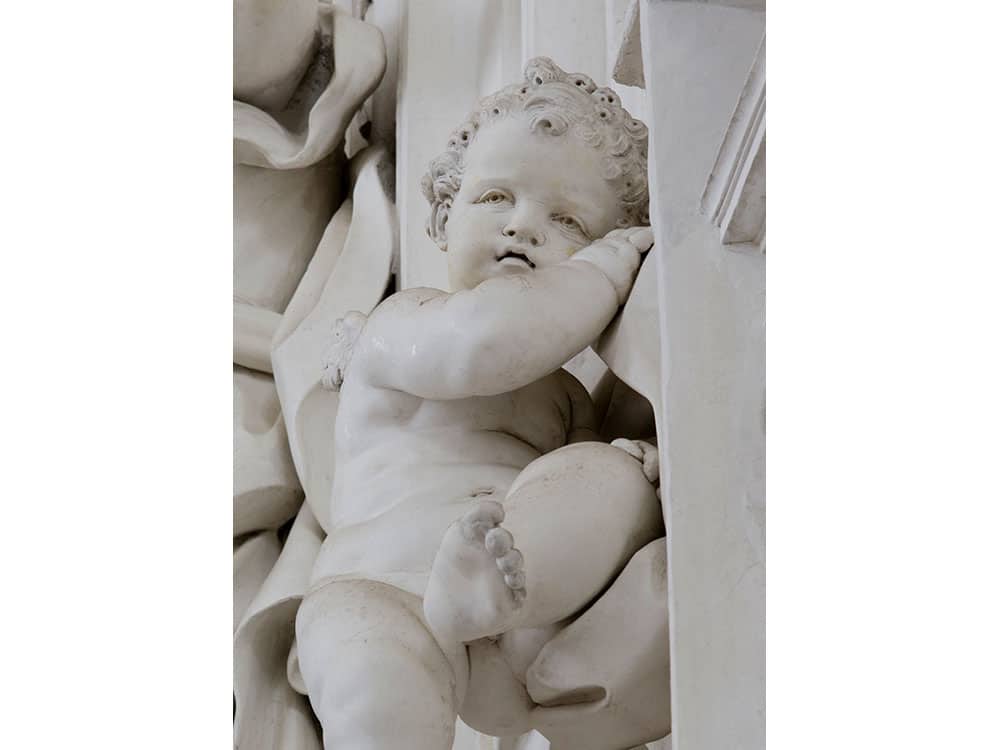
2 Comments
Stan Bush
August 6, 2019This story is important. It’s impoe because it’s one more piece of history concerning Palermo, should someone decide to rewrite history, as they are in the states. In reading this, I suspect The Compagnia were a bit maligned to those that were unaware of there private work. This well written article would help define them for some. Thanks Casa Christi.
casachiesi
August 7, 2019Always a pleasure! Thanks for reading Stan! Hope to see you soon in our neck of the woods!